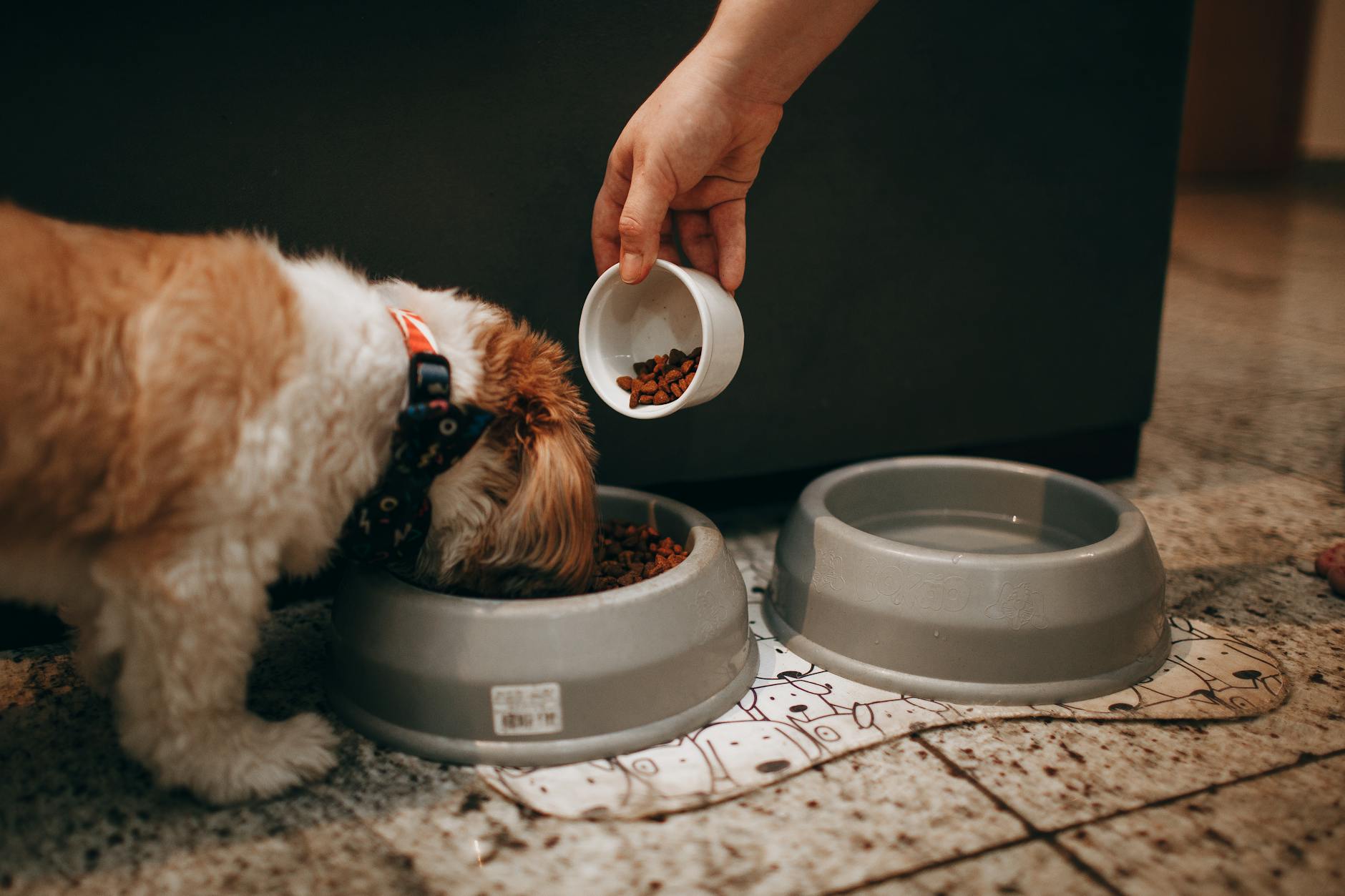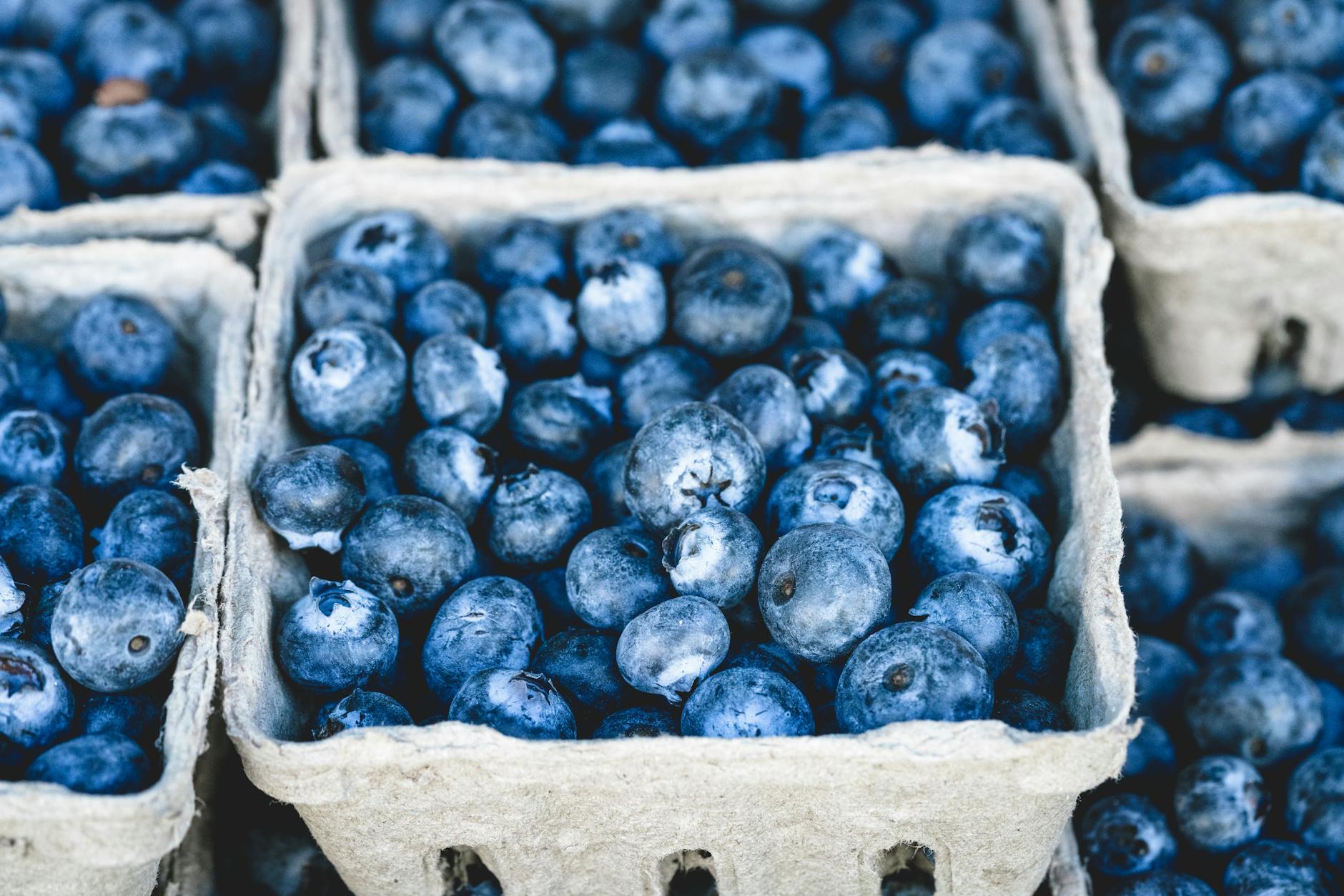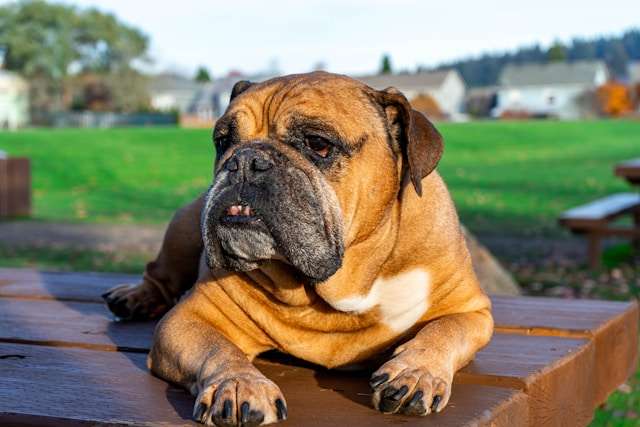How to Start Your Dog on a Raw Food Diet Safely

How to Start Your Dog on a Raw Food Diet. Are you thinking of switching your dog to a raw food diet? You’re not alone. Many dog owners are exploring raw feeding to help their pets achieve better digestion, shinier coats, and higher energy levels. But when it comes to your pup’s health, safety is everything.
Transitioning to a raw food diet takes planning and care to avoid risks like nutritional imbalances or digestive upset. This guide will walk you through essential tips and steps to get your dog started on raw meals confidently and safely.
For more dietary insights, check out Are Homemade Diets for Dogs Safe and Worth Trying? Let’s make mealtime a step toward a healthier future for your furry friend.
Table of Contents
Understanding a Raw Food Diet for Dogs
Transitioning your dog to a raw food diet can feel overwhelming at first. With so much conflicting information, it’s essential to understand the basics before making the switch. Let’s break it down step by step.
What is a Raw Food Diet?
A raw diet typically consists of uncooked meats, bones, organs, and fresh vegetables. You might hear it referred to as BARF, which stands for “Biologically Appropriate Raw Food” or “Bones and Raw Food.” The idea is to replicate what dogs’ ancestors, like wolves, ate in the wild.
Here’s what a raw diet generally includes:
- Raw meat: Beef, chicken, turkey, lamb, and sometimes fish.
- Bones: Always raw, as cooked bones can splinter and cause harm.
- Organ meats like liver or kidney are used for nutritional balance.
- Vegetables and fruits: Think carrots, spinach, blueberries—avoid anything toxic like grapes or onions.
Pet owners often gravitate towards raw feeding because it’s seen as more natural. Compared to kibble, which can include preservatives and fillers, raw diets focus on high-quality whole foods. However, careful planning is required to ensure your pup gets what it needs.
Benefits of a Raw Food Diet
Many dog owners report noticeable improvements when switching to raw feeding; research supports some of these claims. Let’s take a look at some commonly observed benefits:
- Better weight management: A raw diet tends to have fewer carbs than commercial dog foods, making it easier to maintain a healthy weight.
- Enhanced dental health: Chewing on raw bones can help reduce plaque and tartar buildup, resulting in fresher breath and cleaner teeth. For more insights into how raw or homemade diets can benefit your dog, check out Are Homemade Diets for Dogs Safe and Worth Trying?
- Improved coat and skin: The natural fats in raw diets often lead to shinier coats and healthier skin.
- Smaller, less smelly stools: Dogs digest raw food more efficiently, reducing waste.
Some dog parents also notice increased energy levels and a more robust immune system. Studies like this one from WebMD highlight the potential for raw diets to contribute positively to a dog’s overall vitality.
Risks to Consider
Of course, no diet is without risks, and raw food diets are no exception. Feeding your dog raw can cause more harm than good if not managed correctly.
Here are the main risks to consider:
- Bacterial contamination: Raw foods like chicken or beef can harbor harmful bacteria such as Salmonella or E. coli. Always handle raw ingredients with care and wash your dog’s bowls thoroughly.
- Nutritional imbalances: A poorly planned raw diet might lack vitamins or minerals. This could lead to health issues over time, so proper research and consultation with your vet are crucial.
- Choking hazards or internal injuries: While raw bones are generally safe, there’s always a chance of choking or damage to internal organs.
To mitigate these risks:
- Source the highest-quality meats, ideally those labeled for raw pet diets.
- Supplement where needed; if you’re unsure, consult a veterinary nutritionist.
- Ensure proper hygiene practices to keep both you and your pet safe. The FDA warns that mishandling raw pet food can put you at risk, too.
By preparing meals smartly and balancing the pros and cons, you can create a raw food routine that is safe, healthy, and beneficial for your pup—interested in exploring more? MetLife Pet Insurance lists additional pros and cons that provide further clarity for pet owners.
Preparing to Transition Your Dog
Making the switch to a raw food diet is a big step for your dog. Preparation is the key to success, ensuring a smooth and safe transition. Educating yourself beforehand helps prevent nutritional gaps and digestive issues. Let’s break down the steps to get started.
Consulting Your Veterinarian
Your veterinarian should be your first stop on this journey. Every dog is different, and factors like breed, age, and health status play a role in the diet they need. A professional can guide you on nutrient requirements and address potential risks specific to your pet.
For general nutrition insights, check out Nutrition Tips. It’s a reliable resource for building a balanced diet tailored to your dog’s needs.
Choosing the Right Ingredients
Not all ingredients are created equal. You must focus on sourcing high-quality, fresh, and safe items. Here’s what to prioritize when shopping:
- Meat: Look for organic, hormone-free cuts. Think chicken, rabbit, or beef that’s suitable for raw feeding.
- Bones: Raw, meaty bones (never cooked!), like chicken wings or turkey necks, are essential for calcium.
- Vegetables: Stick to nutrient-dense options such as spinach, carrots, or broccoli. Avoid toxic foods like onions and grapes.
Quality matters here. Organic and hormone-free products minimize the risk of harmful additives or contaminants. Local butcher shops and farmers’ markets are often great places to find fresh options.

Photo by Leeloo The First
Essential Tools and Resources
Preparing raw meals doesn’t just require knowledge—it demands the right tools. Invest in the following to make the process efficient and mess-free:
- Meat grinders: Ideal for safely breaking down tougher cuts and bones.
- Meal prep containers: Airtight containers help portion out meals and maintain freshness.
- Gloves and cutting boards: Use separate utensils and surfaces for raw food to maintain hygiene.
These tools ensure convenience and protect your kitchen from cross-contamination. Love a good DIY project? Some pet owners even enjoy prepping meals in bulk to simplify everyday feeding.
For more guidance, external resources like How To Transition Your Dog to a Raw Diet offer practical tips for moving forward smoothly.
Step-by-Step Guide to Transitioning
Transitioning your dog to a raw food diet isn’t a one-size-fits-all process. It takes patience, attention to detail, and a gradual approach to ensure your dog’s digestive system adapts smoothly. This guide breaks the process down into simple, manageable steps for a successful transition.
Starting with Partial Raw Meals
Introducing raw food gradually can help avoid stomach upset. Start by incorporating some raw food into your dog’s diet. For instance, you might begin with 25% raw and 75% traditional food for the first week. Over the next several weeks, increase the raw portion while decreasing the conventional food.
Here’s a week-by-week breakdown:
- Week 1: 25% raw, 75% traditional.
- Week 2: 50% raw, 50% traditional.
- Week 3: 75% raw, 25% traditional.
- Week 4: Fully raw diet.
This phased approach gives your dog time to adjust while minimizing digestive issues. Look at Top Dog Foods in 2024 for more tips on transitioning diets.

Photo by Helena Lopes
Monitoring Your Dog’s Reaction
As you transition your dog’s diet, closely monitor their reaction. Pay attention to changes in:
- Stool consistency: Softer or firmer stools can indicate how well they digest the new diet.
- Energy levels: A sudden drop or spike in activity might suggest an adjustment period or an issue.
- Coat condition: Is their fur looking shinier or duller? Skin irritations may also occur temporarily.
If you spot issues like diarrhea, vomiting, or lethargy, adjust the raw food portion or consult your vet immediately. Keeping a journal of your dog’s stool changes and behavior can be incredibly helpful during this transition. For more detailed troubleshooting tips, visit How To Transition Your Dog to a Raw Diet.
Maintaining Proper Hygiene
Handling raw food requires extra care to ensure your and your dog’s safety. Here’s how to maintain hygiene:
- Wash your hands thoroughly before and after handling raw ingredients.
- Use separate cutting boards and utensils for raw food prep.
- Clean your dog’s bowls immediately after meals to remove bacteria.
Keep your kitchen surfaces sanitized, and consider investing in stainless steel bowls, which are easier to clean. Practicing good hygiene protects against contamination and keeps your home safe. If you’re curious about hygiene practices in raw feeding, check out Raw Diet Guide: Transitioning Your Dog’s Meal Plan.
Switching to a raw food diet may feel daunting at first, but approaching the process step-by-step ensures your dog adapts safely and benefits fully from this nutritious change.
Maintaining a Balanced Raw Diet
Feeding your dog a raw diet can bring incredible health benefits, but it requires a thoughtful approach to ensure balance. Simply tossing raw meat into your dog’s bowl won’t cut it—you’ve got to consider their complete nutritional needs. Let’s discuss maintaining a balanced raw food diet by incorporating supplements and avoiding common mistakes.
Incorporating Supplements
A well-planned raw diet can sometimes fall short of key nutrients your dog needs to thrive. This is where supplements come in. They can fill the gaps and support specific health areas, like bone strength, joint function, or skin and coat health.
Here are some essential supplements to consider adding to your dog’s raw diet:
- Calcium and Phosphorus: Raw meaty bones often provide these, but if your dog doesn’t consume bones regularly, calcium supplements become vital for skeletal health.
- Omega-3 Fatty Acids: Sourced from fish oil, krill oil, or flaxseed, these improve skin and coat health while reducing inflammation. They’re invaluable for dogs with allergies or arthritis.
- Digestive Enzymes: Raw diets are nutrient-rich but can still benefit from digestive enzyme powders, especially if your pet struggles with digestion.
- Probiotics: Healthy gut bacteria aid in nutrient absorption and support the immune system.
- Multivitamin Blends: Tailored multivitamins ensure your dog gets the trace elements and antioxidants their diet may lack.
For reliable supplement options, check out Daily Raw Complete Powder or NutraBoost. Adding these can take your dog’s nutrition to the next level.
Avoiding Common Pitfalls
Maintaining balance in your dog’s raw diet isn’t always easy; even experienced raw feeders can make mistakes. Let’s highlight what to avoid so you don’t compromise their health.
- Over-Reliance on Single Proteins: Feeding only one protein source, like chicken or beef, lacks diversity and may lead to deficiencies. Rotate proteins to include a mix like lamb, turkey, or fish for variety.
- Neglecting Organs: Organ meats like liver and kidney play a vital role in a balanced raw diet, providing dense nutrients like vitamins A, D, and iron.
- Skipping Vegetables: While dogs are carnivores, small portions of blended veggies like spinach or carrots can offer fiber and additional nutrients.
- Ignoring Nutritional Needs: Dogs’ dietary requirements change with age, activity level, and health conditions. Avoid a one-size-fits-all feeding approach.
For guidance on avoiding common mistakes and crafting a well-balanced diet, visit Dog Nutrition Tips. Proper planning ensures your dog gets high-quality nutrition and eliminates potential risks.

Photo by Dziana Hasanbekava
Common Myths About Raw Feeding
You’ve probably encountered mixed opinions when considering a raw food diet for your dog. Some myths surrounding raw feeding may cause hesitation, but separating fact from fiction is key. Let’s address the most common myths and set the record straight.
Myth: Raw Feeding is Unsafe
Raw feeding often gets a bad rap for safety concerns, particularly the risk of bacterial contamination. However, proper hygiene can minimize these risks, such as preparing raw food for humans. Handling raw dog food properly is simple when you follow these tips:
- Store raw meat correctly: Freeze raw meats until ready to use them—Defrost in the fridge, not the countertop.
- Maintain cleanliness: Use separate cutting boards and utensils for raw dog food.
- Wash everything thoroughly: This includes your hands, surfaces, and your dog’s bowl immediately after meals.
High-quality, responsibly sourced meats also minimize risks. Products sold specifically for raw pet diets are usually tested for pathogens, reducing contamination worries. Just like preparing dinner for your family, the safety of raw dog food depends on your handling practices.
More helpful food safety tips can be found in Understanding The Role Of Calories In Your Dog’s Diet 2025.
Myth: Raw Diets are Nutritionally Incomplete
Some believe feeding raw can lead to nutritional gaps, but this myth stems mainly from improperly planned meals. Dogs on balanced raw diets get all their nutrients, but it requires careful planning. Here’s how to ensure your pup’s diet is nutritionally complete:
- Include organ meats: Livers and kidneys are rich in essential vitamins and minerals.
- Incorporate meaty bones: They provide calcium and phosphorus, supporting bone health.
- Add variety: Rotate between proteins like chicken, beef, lamb, and fish for a full nutrient spectrum.
In some cases, supplements like fish oil (for omega-3s) or multivitamins can help. Think of a raw diet like creating a recipe—you need the right ingredients in the right amounts for success. For more on busting raw diet myths, explore 5 Raw Dog Food Myths Debunked.
Myth: All Dogs Can Thrive on Raw Diets
While many dogs benefit from raw feeding, it’s not a one-size-fits-all solution. Due to age or medical conditions, some dogs may struggle with raw diets. For example:
- Dogs with compromised immune systems: Senior or chronically ill dogs may find it harder to combat bacteria.
- Pre-existing conditions: Pancreatitis or kidney issues may require different dietary needs, making raw food unsuitable.
Always consult with your vet before switching to raw feeding. They can help determine if raw is appropriate or suggest modifications to suit your dog’s unique health needs.
Consider reading Raw Meat for Dogs: 10 Raw Feeding Myths Debunked – Raw K9 for additional insights.
Addressing these myths makes you better equipped to make informed decisions about raw feeding. Understanding the facts puts your dog’s well-being front and center.
FAQ
Switching your dog to a raw food diet often raises many questions, and it’s expected to have concerns. To help you get started and feel confident, here’s a list of frequently asked questions—and their answers—to tackle common doubts.
Can All Dogs Safely Transition to a Raw Food Diet?
Not every dog is suited for raw feeding. While most healthy dogs can thrive on raw diets, others may face challenges. Dogs with compromised immune systems, such as seniors or those undergoing medical treatments, might struggle with bacterial exposure. Puppies, on the other hand, may need specific guidance due to their growing nutritional demands. Always consult your vet to determine if raw feeding is right for your pup.
For further insight into canine health and breed-specific considerations, visit Dog Breed Guide: Find Your Perfect Companion.
Is Raw Meat Safe for My Dog?
Raw meat is safe for dogs when sourced and handled correctly. Dogs’ digestive systems are designed to handle bacteria better than humans, but you must still take precautions. Use high-quality meat for raw pet diets, store it properly, and thoroughly clean all preparation surfaces. Freeze raw meat before feeding to eliminate parasites and defrost it safely in the fridge.
For more tips on food safety and hygiene, the Frequently Asked Questions on Feeding a Raw Diet offers practical advice.
How Do I Ensure My Dog’s Diet is Nutritionally Balanced?
The simplest way to maintain balance is to include a variety of whole ingredients. A raw meal plan should consist of muscle meat, raw bones, organ meats, and a few vegetables (optional). If you’re unsure about ratios, consult a vet or use commercial raw food blends that meet AAFCO standards.
Still worried? Supplements can fill gaps. Consider calcium for skeletal health or omega-3s for improved coat and skin condition. Trusted external resources like Raw Feeding FAQ can clarify meal proportions and nutrient requirements.
Are Raw Bones Safe?
Yes, raw bones are safe; cooked bones should be avoided. Cooked bones can splinter and lead to choking or internal injuries, while raw bones are soft enough to chew and digest. Choose meaty bones like chicken wings or turkey necks, and always supervise your dog while they eat.
Explore this deeper by reviewing Raw Feeding Advice & Support FAQ. It’s a valuable resource for understanding the role of raw bones in canine diets.
How Will Raw Feeding Impact My Dog’s Health?
Many pet owners report notable improvements after transitioning to raw feeding, such as shinier coats, better digestion, and smaller stools with less odor. Dental health also benefits from chewing raw bones, which naturally clean teeth and reduce tartar buildup.
For scientific perspectives on the benefits and risks of raw feeding, check out Raw Dog Food: Dietary Concerns, Benefits, and Risks.

Photo by veeterzy.
End on a practical note: blueberries (shown above) make great low-calorie treats for your dog when fed in moderation!
Conclusion
Starting a raw food diet for your dog is an exciting step toward better health but requires care and attention. Gradual transitions, quality ingredients, and ongoing monitoring are essential for success. Always consult your vet or a nutrition expert to tailor the diet to your dog’s needs.
Staying informed is key. Explore resources like Dog Nutrition Guidelines to support your journey. With proper planning, you’re setting your pup up for a thriving and vibrant life. What steps will you take to enhance your dog’s nutrition today?






